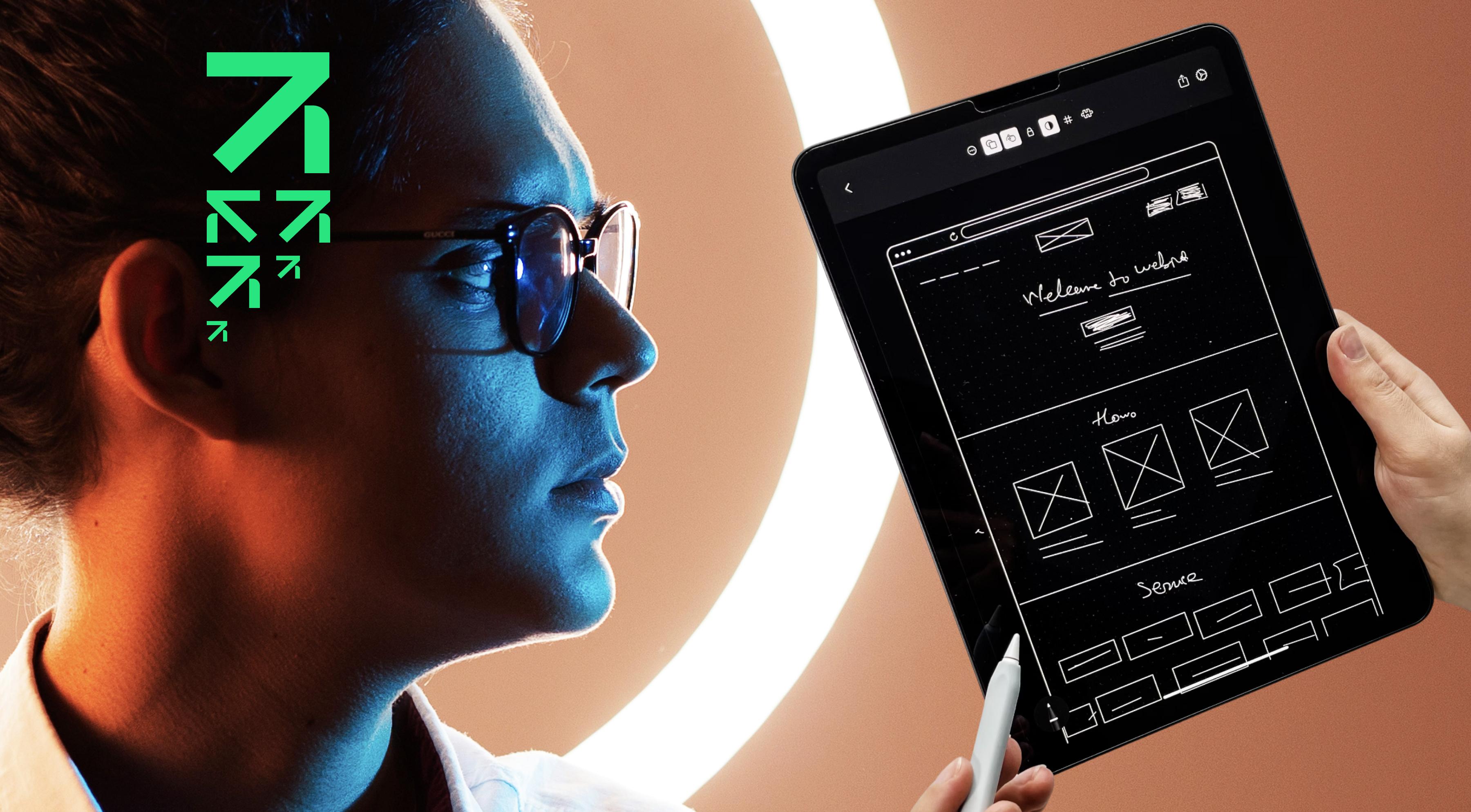User experience is often spoken about in technical terms. Accessibility. Navigation. Load time, but underneath it all, the true measure of UX is emotional. How did the experience make someone feel? Confident? Reassured? Or uncertain and frustrated?
At Kalago, we design digital experiences that leave users feeling smart, not stupid. It sounds simple, but the implications are serious. When a platform frustrates users, they disengage. When it helps them succeed, they lean in. That's when business outcomes follow.
Complexity is not the problem. Confusion is.
Many of our clients work in complex sectors like financial services or member-based organisations. Their platforms need to support layered user journeys, often across different roles, permissions or regions. These aren’t simple websites. But complexity doesn’t have to mean confusion.
Confusion creeps in when user journeys are built around assumptions or internal preferences. We regularly see platforms shaped by stakeholder opinions rather than genuine user insight. The result is often a tangle of features, inconsistent logic and unclear next steps.
Our job is to untangle that. We create structure, surface clarity, and guide users towards their goals with minimal friction. That’s what makes people feel smart. And that’s what builds trust.
Good UX builds confidence and confidence converts.
When someone completes a task on your platform with ease, it creates a sense of competence. They trust the interface. They trust the brand. And most importantly, they’re more likely to act again. That could mean purchasing a product, renewing a membership, or completing a key business transaction.
We have seen this in action. After redesigning a reporting experience for Crimestoppers, there was a 25% increase in reports submitted almost immediately. When we reworked ICE’s ecommerce platform, bounce rates dropped and revenue increased year on year. In both cases, the shift wasn’t about visual polish. It was about giving people an experience that worked for them.
You are not your user
One of the biggest risks in digital projects is assuming your audience thinks like you do. Designers, developers and stakeholders all fall into this trap. It’s human nature. But it leads to platforms that reflect internal bias instead of real user needs.
We always begin with research. Empathy mapping, interviews, journey analysis. We want to understand the goals, fears and motivations of your users before we touch a single screen. Because meaningful design starts with understanding.
How to improve UX: five things you can start today
Whether you're planning a major digital transformation or looking for quick wins, these steps can immediately improve the experience for your users:
1) Map key user journeys
Identify the three most important tasks your users want to complete. Map out the steps, spot friction points, and ask: where do they hesitate?
2) Remove the noise
Review your site or app and remove any feature, block or element that exists to please internal stakeholders rather than users. If it adds no value, it adds confusion.
3) Talk to a user (not just a stakeholder)
Run a quick usability session with a real user—someone outside your organisation. Watch how they navigate your site. The insight from even one session is often game-changing.
4) Check your microcopy
Button labels, error messages, empty states. These tiny elements have outsized impact. Replace vague or jargony language with clear, helpful, human words.
5) Prioritise mobile, not just responsiveness
Test your site’s most critical journeys on a mobile device with average signal. If the experience doesn’t hold up in real-world conditions, your users won’t either.
At Kalago, we believe in designing with empathy, not ego. We take the time to understand your users, your systems and your business goals. Then we craft experiences that make people feel confident, capable and in control.
That’s the difference between killer UX and an epic fail. One earns trust. The other loses it.
